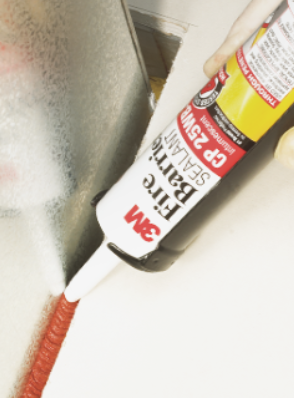The key to the success of sealant: the surface treatment determines success or failure!
The key to the success of sealant: the surface treatment determines success or failure!
Don’t let the carefully selected sealant be ruined in the first step! Up to 75% of the sealing failure cases are due to inadequate surface treatment. Dust, oil, moisture or loose old glue will act like an invisible barrier, completely destroying the adhesion of the sealant. Imagine that the glue can’t really “grasp” the surface, leaking, cracking, and falling off are just a matter of time.
How to lay a good foundation?
Thorough cleaning: Use a stiff brush and vacuum cleaner to remove all loose particles and dust. Stubborn oil stains? Use a rag dipped in a special solvent (such as isopropyl alcohol) to wipe carefully and make sure it is completely evaporated and dried.
Remove old glue: Be sure to use special tools to thoroughly remove the residue of the old sealant that has failed.
Keep it dry: Make sure the base surface is completely dry before construction. A wet surface is the enemy of bonding.
Special materials: Porous stone or some metals may require a special primer. Be sure to follow the product instructions.
Protection in place: Use masking tape to precisely protect areas that do not require gluing, and remove it promptly after construction.
Tips in one sentence: Even the best sealant cannot “stick” to dust and oil! Cleanliness and dryness are the absolute prerequisites for successful bonding.


